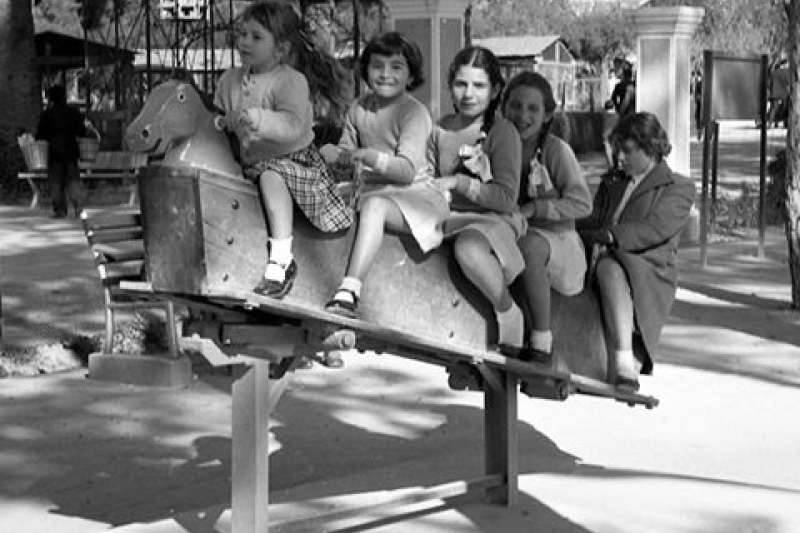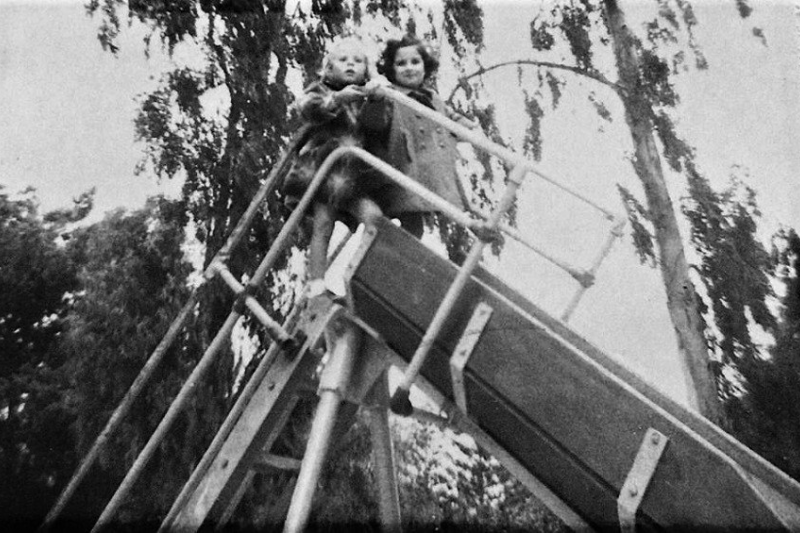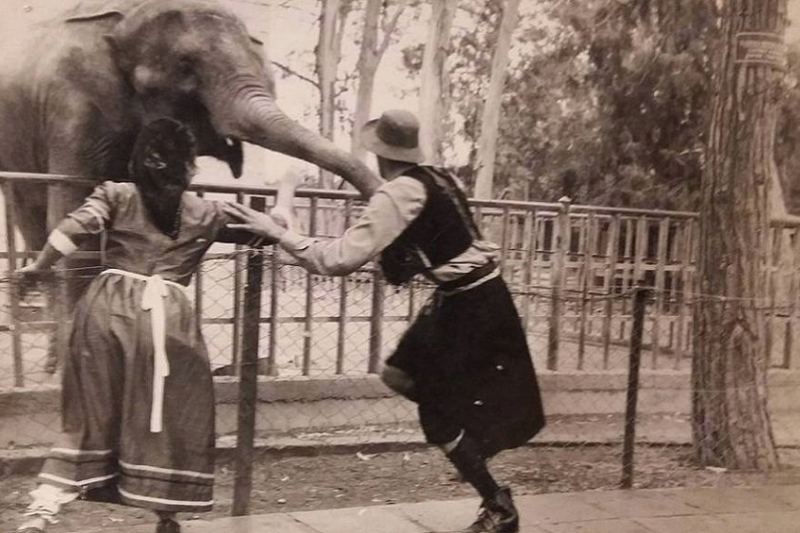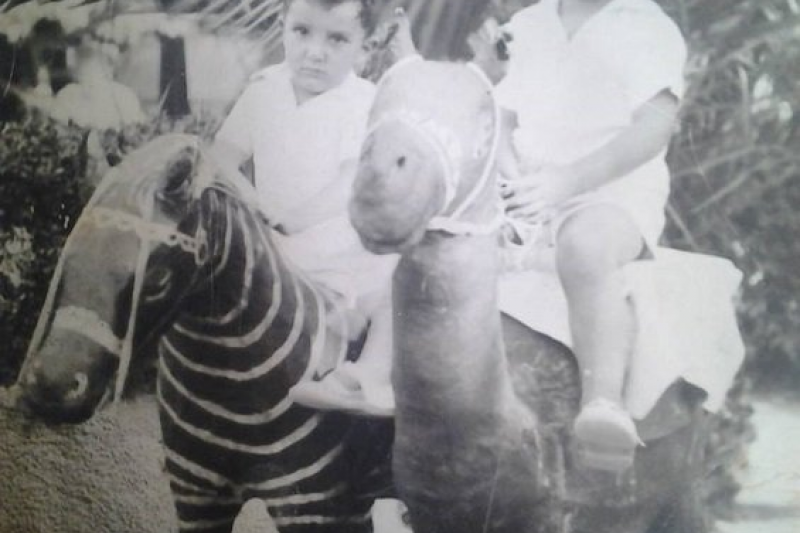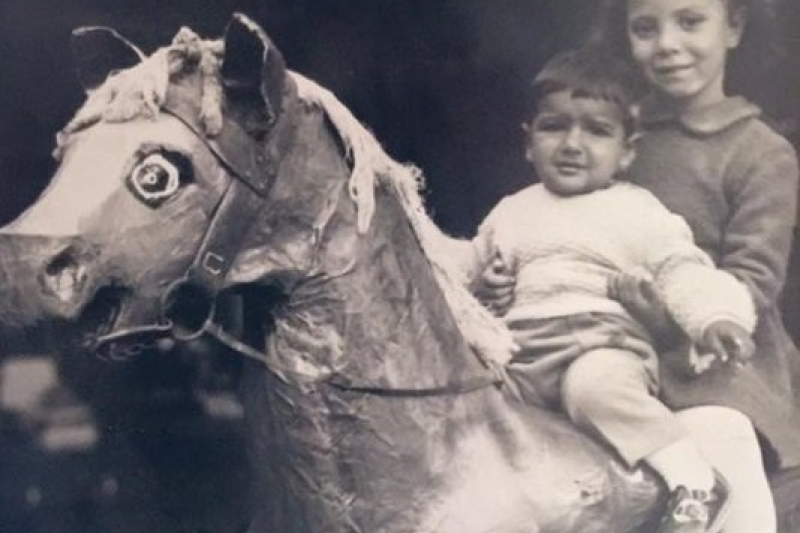
Under the Mayor Christodoulos Sozos (1908 - 1912) a botanical garden was created in Limassol. The 1911 reports in the press talk with much praise about the first botanical garden on the east side (then) of the city.
The colonial government purchases "the fields of Chrysostomides", which eventually turned into a garden, decorated with a collection of replicas of ancient Greek statues and exits framed by sphinx statues. This almost exotic space, with a similar layout to the one of botanical gardens in which the British used to have their walks, was since day 1 a recreation area for locals and not only. This space was never without cultural events such as concerts, or events such as the flower festival, fairs, the Wine Festival etc.
In 1914 there was a bird house created there and, later on, there was also a globally unique and rare collection of insects of the famous entomologist George Mavromoustakis, which has not been saved until today. The zoo that came along later on, did enrich the options of activities at the garden. And, even though many things have changed, what seems to remain unchanged is the fact that it continues to be an area for recreation, games, friends’ meetings and family walks, as it has always been.
In the memory of Limassolians and of Cypriots in general, this garden has had a central role for all the decades of its presence and it seems that this does not change over the years. After all, when children that grow up smiling in a place, will turn out to be the parents who want to raise their own children in the same way, too. And the story goes on…
The photos were posted online in the "Lemesou mnimes" Facebook group by: Titos Kolotas, Christianna Zenonos Aristodemou, Kyriakos Pamboris, Gregoris Gregoriades, Stella Dionysiou Thirotou, Despina Antoniadou, Pambos Charalambous, Zoe Erimoude Georgiou, Maro Misirli, Adonis Florides, Demetra Trichina, Yiannis Kyprianou, Dimitris Haggipavlu
With information from the Limassol Historical Archives.
* NOTE: The articles of the Project "History of Limassol" present information that has emerged from historical research thus far. Any new data is embedded into the articles, once it has been confirmed.


